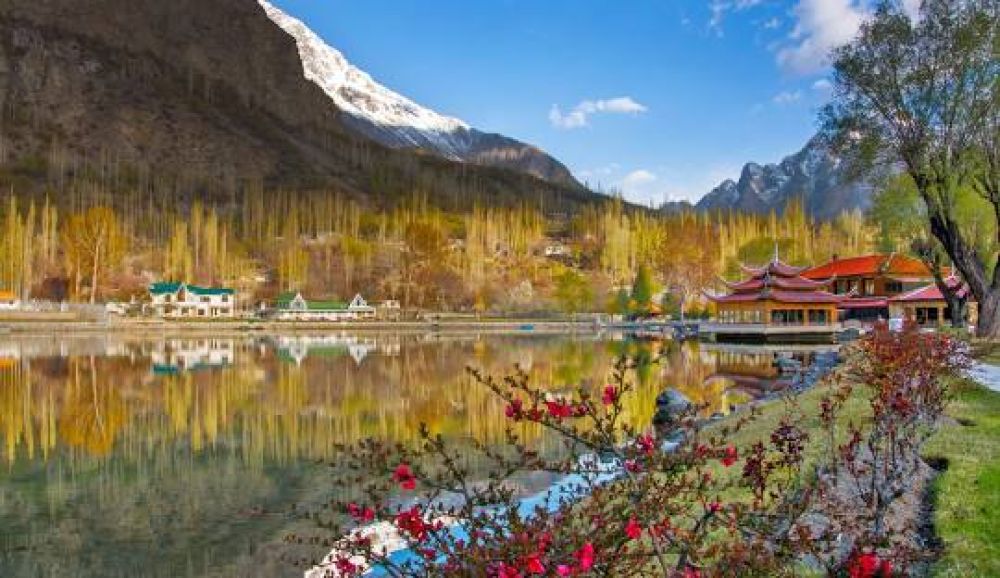

The history of tourism in Skardu is intertwined with the broader history of exploration and mountaineering in the Karakoram Range. Known for its majestic mountains, pristine lakes, and rich cultural heritage, Skardu has been a focal point for adventurers since the early 20th century. The region gained prominence with the establishment of the British Raj in South Asia, when colonial officers and European mountaineers began exploring the Himalayas and adjacent ranges.
In the 1950s, after the creation of Pakistan, expeditions to peaks such as K2, the second highest mountain in the world, brought Skardu into the international spotlight. However, it was not until the latter half of the 20th century that Skardu began to develop infrastructure to support tourism. Building on its reputation as a destination for serious climbers, the area started to attract a wider range of visitors, interested in trekking, cultural experiences, and nature.
Over the years, the government and local communities have invested in developing tourism facilities in Skardu. The Skardu Airport, which opened in 1978, was a significant milestone that made the region more accessible. By the 1990s, a surge in domestic and international visitors led to the growth of hotels, guesthouses, and tour operators.
Local handicrafts, Balti cuisine, and cultural festivals also started to form an integral part of the travel experience. Historical sites like the Skardu Fort and the ancient rock carvings at Manthal Buddha Rock added to the area's appeal. Skardu was becoming known not just for its adventures but as a place of historical and cultural significance in Pakistan.
In recent years, eco-tourism and sustainable travel practices have become increasingly popular among tourists visiting Skardu. With a greater global emphasis on environmental conservation, Skardu has seen a rise in eco-friendly lodging and tours that support local conservation efforts.
Furthermore, infrastructure improvements continue to make remote areas more accessible, while still preserving the natural beauty and integrity of the landscape. The Pakistani government has introduced new policies to encourage tourism, such as easing visa restrictions for international travelers, which has positively impacted Skardu's visibility on the global stage.
Adventure tourism remains a significant draw, with mountaineers and trekkers venturing to conquer peaks and explore the vast glacial expanses. However, there's also a growing interest in cultural tourism, with visitors coming to experience the unique traditions of the Balti people, whose history in the region dates back centuries.
The latest trends in Skardu tourism point towards a balance between adventure and leisure travel. Luxury tourism is on the rise, with high-end resorts and amenities catering to travelers looking for comfort after their expeditions. Digital connectivity and social media have also played a pivotal role in bringing Skardu's stunning landscapes to a wider audience, inspiring a new generation of travelers to explore this serene mountainous region.
Skardu's potential in winter sports is now being recognized, with initiatives to promote skiing and ice climbing, further extending tourism beyond the traditional summer months. With this diversification of tourism activities, Skardu continues to evolve, offering something for every traveler while upholding its commitment to preserving the natural and cultural heritage that defines this extraordinary corner of Pakistan.